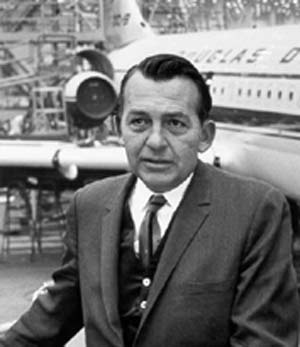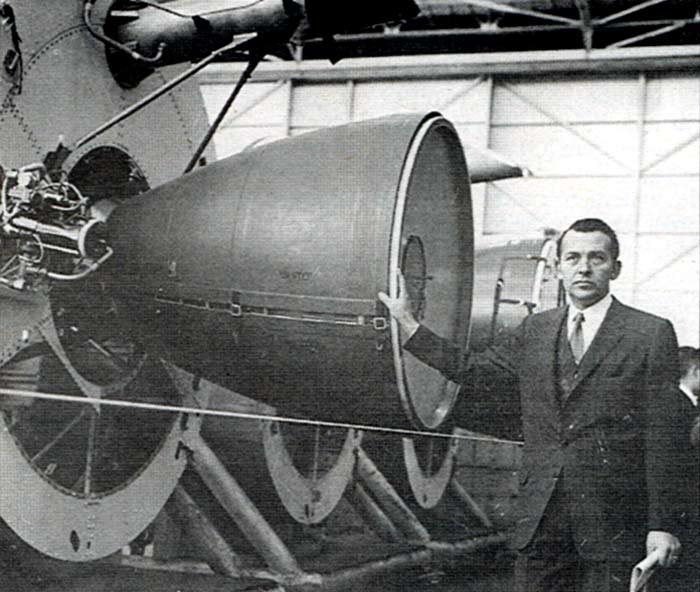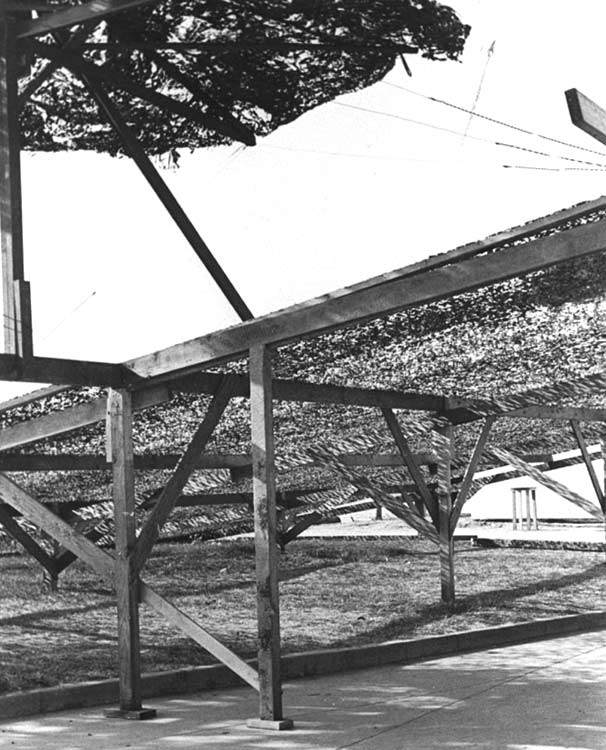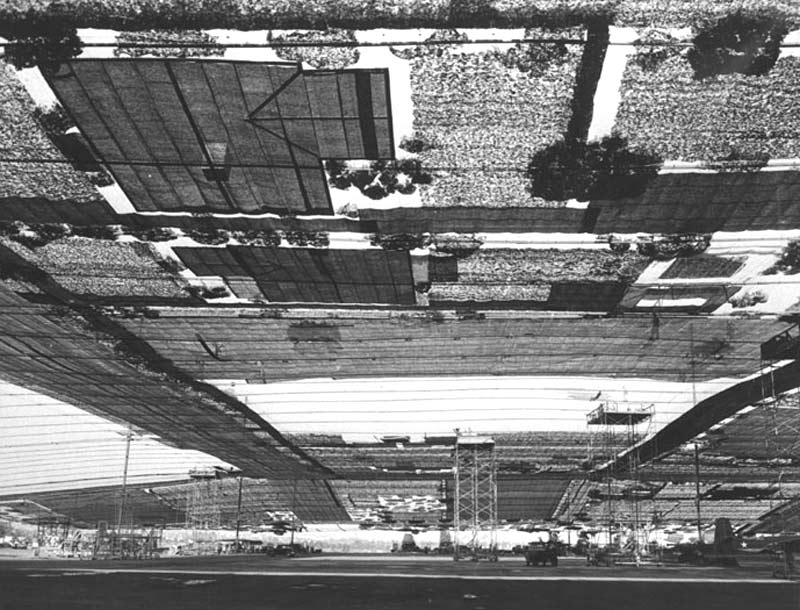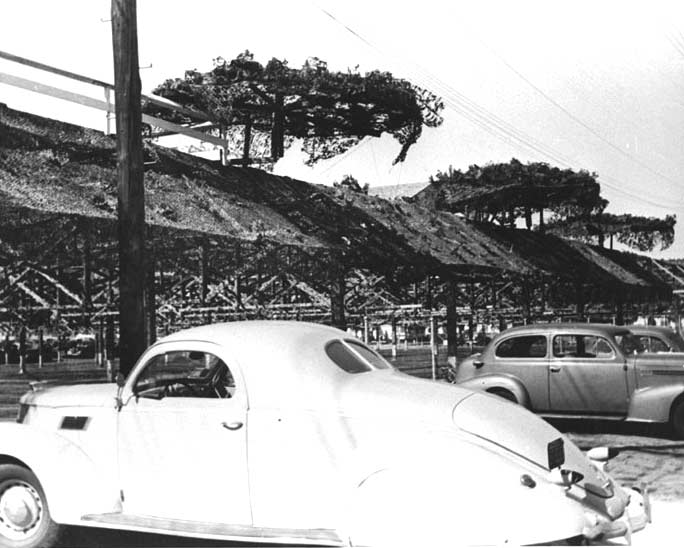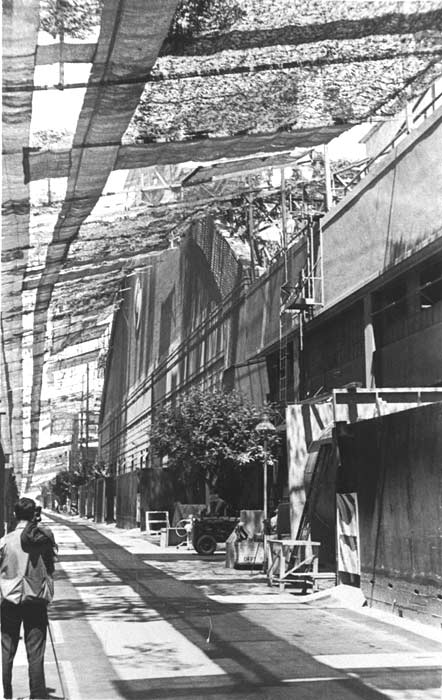The Passing of an Era
Obituary: Donald Wills Douglas, Jr3 July 1917 to 3 October 2004
by Christopher Reed Engineer whose family's aviation company reached the space age but was swallowed by a conglomerate. When he became head of Douglas Aircraft Corporation in the late 1950s, Donald Douglas bore one of the most famous names in early aviation. But at his death at 87, there is no Douglas in the business - his old company has disappeared into the Boeing corporation. Although Douglas took the firm that his aviation pioneer father created into the space age, and developed successful airliners, these achievements came after the dramatic early days, and he never achieved the glamour that was attached to his father. Instead, the heir faced a rapidly consolidating industry and the firm was swallowed up by mergers. Of Scottish ancestry, Douglas's father co-founded the Davis-Douglas Company in 1920 in southern California; 4 years later it became Douglas Aircraft. He went on to build the twin-engined DC3 "Dakota" in the mid-1930s which revolutionised airline flying and was the allies' wartime transport workhorse. The firm dominated US commercial flying until Boeing introduced the 707 jetliner in the late 1950s. The younger Douglas, who was born in Washington DC, received a mechanical engineering degree from Stanford University in California, and studied aeronautical engineering at a technical institute. In 1939 he joined his father's firm in Santa Monica as a junior engineer, as it was intended that he learn from the bottom up. He only got his first supervisory job in 1943, but he organised testing of various kinds of Douglas-built military aircraft during the second world war, including the SDB Dauntless dive-bomber and C54 Skymaster transport - a derivative of the civilian DC4. The workforce rose to a a maximum of 160,000 during this period, most of them at a factory that is now Long Beach airport. It opened in 1941 and produced more than 45,000 commercial and military aircraft. After promotion to director of the testing division, Douglas supervised the certification of the DC6 and DC7 airliners, which became two of the most successful postwar propeller-driven passenger aircraft. The company was then indeed the world's leading commercial aircraft manufacturer. But in 1949 the world's first jet airliner, the de Havilland Comet, had made its inaugural flight. That year too, at Boeing, work had begun on the jet-powered 707 and later US Air Force orders for its jet tanker derivation gave the Seattle-based company a commanding lead. Douglas only began work on its own jet airliner, the DC8, in 1953.
In 1957 Douglas was named as president, and under his direction the DC8 first flew in May 1958, and 16 months later it entered service, but it never equalled the sales figures of the 707. The twin-engined DC9 followed in 1965. In the 1950s Douglas also developed the A4 Skyhawk fighter-bomber and pushed his firm into the space age, helping to develop the US's first intermediate range ballistic missile, the Thor, which was first deployed in 1958. This eventually evolved into the Delta rocket that still launches satellites in space. By 1967 Douglas had merged the company with the McDonnell aviation firm, which had developed jet fighters such as the F4 Phantom, and had been founded by another man of Scottish heritage, James McDonnell. Douglas moved to McDonnell's base in St Louis to become senior vice-president of the new McDonnell Douglas firm, which was a key developer of the F18 Hornet, as well as cruise missiles. Pre-merger, he had indulged an interest in property and formed the Douglas Development Company. Four years after the merger, he became its chief, and in 1972 he helped to create a 50-acre complex of shops and offices near the airport in Orange County. It bears his name today: the Douglas Plaza. He retired in 1974 but remained on McDonnell Douglas's board of directors until 1989. However, the Douglas family sometimes had difficulties with management. In 1990, Douglas's brother James and his son, James Jr, were among 7,000 workers laid off at Long Beach. Then in 1993, Douglas again fought management when the firm decided to scrap health benefits for 20,000 retirees. He sued, but lost. Meanwhile, he had founded a bank and chaired the governing board of the Aerospace Industries Association. He received the French Legion of Honour for his aviation work. In 1997, the Boeing corporation bought McDonnell Douglas, making it the biggest aeronautical company in the world. And the Scottish names disappeared. Douglas is survived by his wife Linda, a daughter, Victoria Douglas Thoreson, from an earlier marriage, brothers James and Malcolm and two grandchildren. Source: www.guardian.co.uk The Guardian Saturday 16 October 2004
A Bit More about the Camouflage EraNote: For the first two pages about the Camouflage Era - when critical parts of the west coast of the US were disguised during World War II to ensure they would not be bombed by the Japanese - including the history of Douglas Aircraft see Douglas' Dream Took Wing in Santa Monica and also The Disguise of California (both earlier in this section) for more articles and photos of this curious era in history.
Tree detail
Sweeping underside view of Douglas Aircraft. If you look closely, you can see stilts that hold up the plywood houses which are up on the top.
Dead Airby Marc B Haefele Docent John Quinley hired on at Douglas as a young engineer in 1941: "I thought I was in heaven, making 80¢ an hour." The 83-year-old recalled that, while it stamped out thousands of the planes that fought in WWII, the entire vast plant (long since demolished) was camouflaged to resemble a Westside suburb: "They even had fake laundry on clotheslines." He said he'll miss the afternoons he's spent as a volunteer, teaching the history of flying to the young. But at his age, Quinley has learned to put things in perspective, even the death of a favorite institution. "I'm happy still to be on the right side of the grass," he said. Source: laweekly.com
I suppose these cars weren't "vintage" at the time...
Under the "meadow" See also:
To view other articles related to flying including history, unusual flying machines, hot air balloons, skydiving, gliding, problems, airports, turbulence, pilots, crashes, the
Paris Air Show, the future, blimps, space travel, solar sails and more, clicking the "Up" button below takes you to the Table of Contents for this section on Flight. |
 Animals
Animals Animation
Animation Art of Playing Cards
Art of Playing Cards Drugs
Drugs Education
Education Environment
Environment Flying
Flying History
History Humour
Humour Immigration
Immigration Info/Tech
Info/Tech Intellectual/Entertaining
Intellectual/Entertaining Lifestyles
Lifestyles Men
Men Money/Politics/Law
Money/Politics/Law New Jersey
New Jersey Odds and Oddities
Odds and Oddities Older & Under
Older & Under Photography
Photography Prisons
Prisons Relationships
Relationships Science
Science Social/Cultural
Social/Cultural Terrorism
Terrorism Wellington
Wellington Working
Working Zero Return Investment
Zero Return Investment